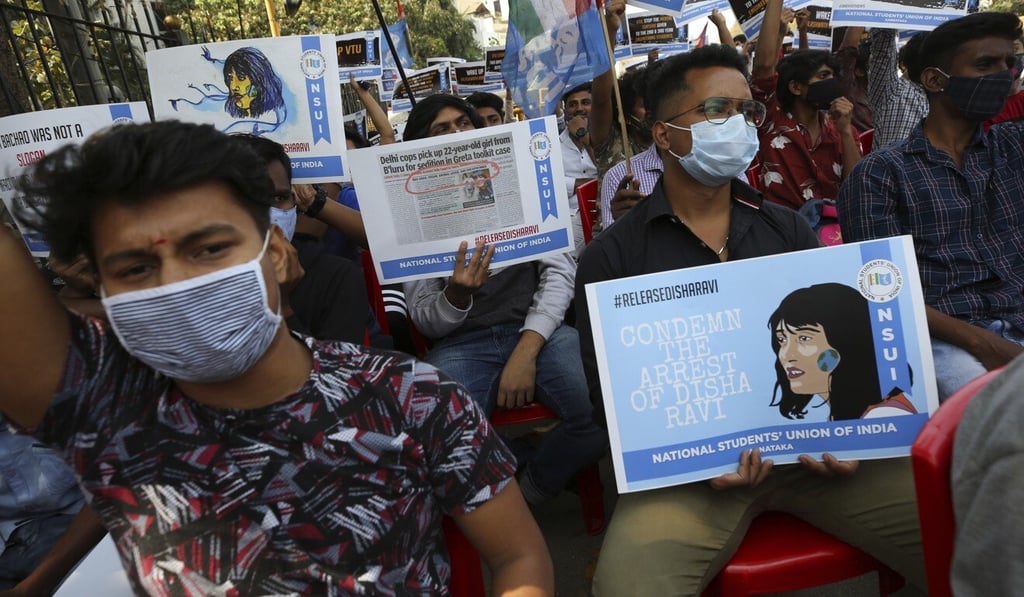Analysis | India’s Modi finds his match in protesting farmers, but who will blink first?
- Indian PM has reiterated his resolve to carry out agricultural reforms, but the protesting farmers insist they will not go home without a victory
- The farmers say Modi’s intimidation tactics won’t work, and one analyst believes he is trying to find a way to back down ‘without losing face’

Mass protests over the reforms – which on Thursday saw trains at two dozen locations in Haryana, Punjab and Uttar Pradesh states blockaded for four hours by the farmers – are India’s largest in recent memory and their outcome will no doubt be a defining moment for the country.
After the failure of 11 rounds of talks, both sides have dug in. As winter fades at the three protest sites on the outskirts of the Indian capital, farmers are preparing for the long, hot Indian summer by bringing in fans, air coolers, mosquito nets and supplies of water.
The farmers from western Uttar Pradesh and the northern states of Punjab and Haryana who have been camped at the sites since November 26 have said they will not go home until the government backs down. “We are going to stay indefinitely,” said farm leader Rakesh Tikait, who insists that the three farm laws passed by parliament in September will strip farmers of their livelihoods by favouring private corporations.
Manjit Singh Arora, a 40-year-old farmer from Hoshiarpur in Punjab who is based at the Ghazipur camp at the New Delhi border, said his parents had gone home for a few days. “They wanted to exchange their woollens for lighter clothes and take the quilts back so that we can free up some space in the tractor trolley”, where their belongings are kept. “They will be back soon,” he said.
